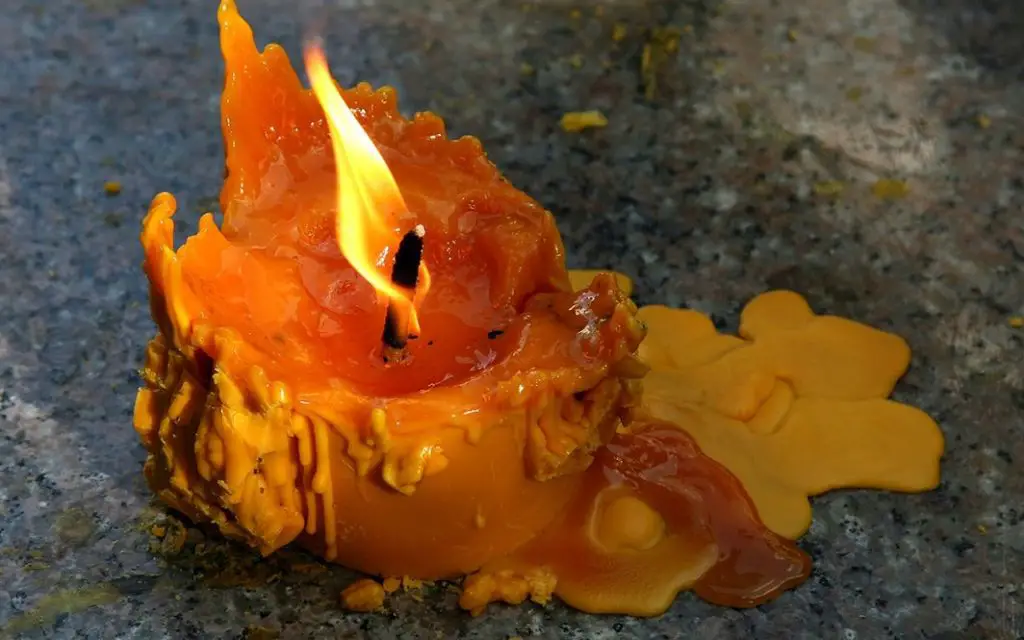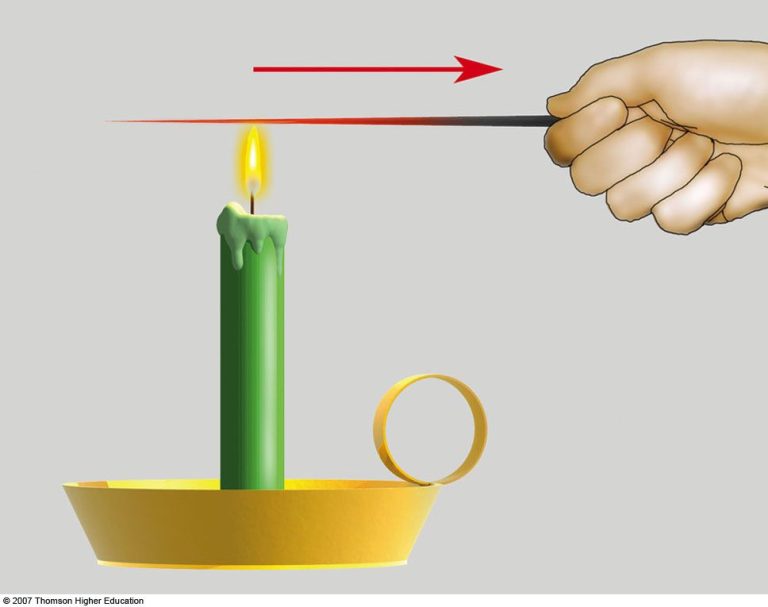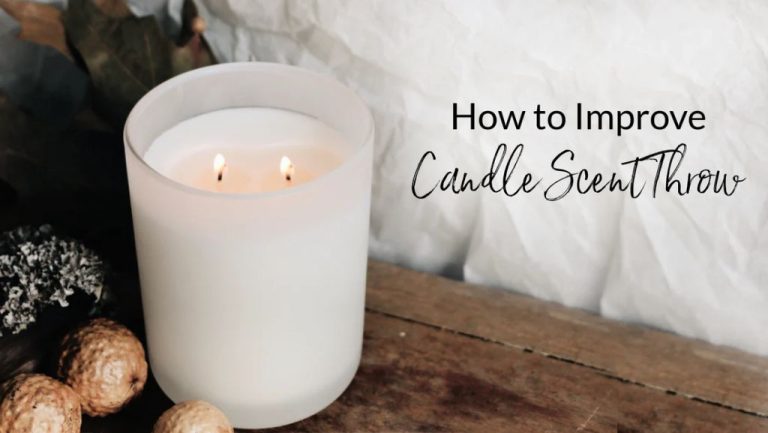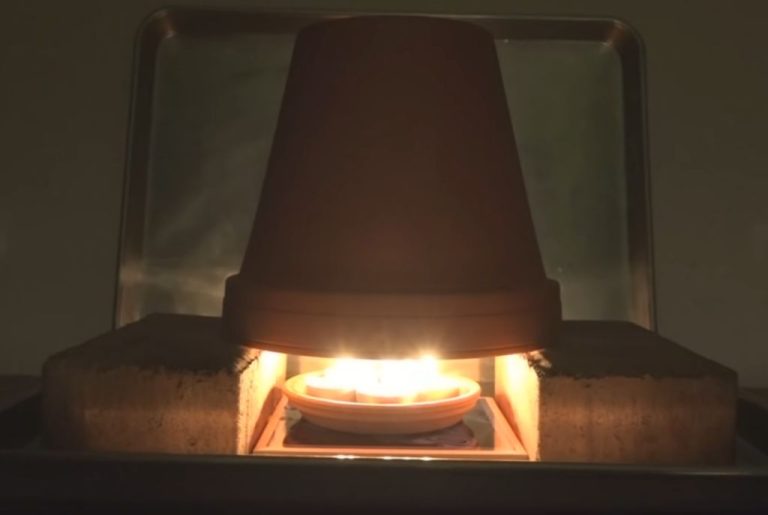Is It Safe To Melt Wax In The Microwave?
Frugal crafters, candle makers, and DIYers alike may wonder if it’s safe to quickly melt wax in the microwave. With most households having a microwave on hand, it can seem like an easy shortcut for melting candle wax or other types of wax. However, questions remain about whether microwaving wax can start fires, create messes, or even release toxic chemicals. This article will explore the safety considerations around microwaving different types of wax, proper precautions to take, risks to be aware of, and recommended best practices.
Types of Wax
There are several common types of wax that may be melted in a microwave:
Paraffin wax
Paraffin wax is derived from petroleum. It has a low melting point and is commonly used for candle making. Paraffin is relatively inexpensive and easy to work with (Source 1).
Soy wax
Soy wax is made from hydrogenated soybean oil. It has a low melting point and blends well with essential oils. Soy wax is often marketed as an eco-friendly, natural alternative to paraffin (Source 1).
Beeswax
Beeswax is a natural wax produced by honey bees. It has a high melting point and a sweet, honey-like aroma. Beeswax is used in food, cosmetics, artisan crafts, and candles (Source 1).
Gel wax
Gel wax contains mineral oil so it has a thicker, gel-like texture. It resists frosting and sweating. Gel wax is commonly used for container candles (Source 1).
Sources:
1. https://en.wikipedia.org/wiki/Wax
Microwave Basics
Microwaves work by generating electromagnetic waves that cause water molecules in food to vibrate rapidly, producing friction that heats the food. This is known as dielectric heating. Microwaves are able to penetrate food up to about one inch deep, so the food cooks from the inside out (1). The microwaves are produced by an electron tube called a magnetron that converts electrical energy into high-powered radio waves around the frequency of 2.45 gigahertz (GHz) (2).
Microwave ovens have different power levels that control the rate of molecule vibration. At higher power levels, more microwave energy enters the food, causing faster heating. Power levels typically range from 10% power (90 watts) up to 100% power (900 watts). The lower the power level, the more evenly the food will be cooked (2).
Microwave cooking can result in hot and cold spots due to uneven distribution of microwave energy. Food composition (fat and water content), volume, shape and placement affect how evenly and quickly food is heated. Food placement is important – dishes should be arranged evenly to allow microwaves to penetrate and reflect throughout the oven cavity (2).
(1) https://www.whirlpool.com/blog/kitchen/how-do-microwaves-work.html
(2) https://www.scientificamerican.com/article/how-does-a-microwave-oven/
Factors to Consider
When melting wax in the microwave, there are several key factors to keep in mind:
Wax type – Different types of wax have different melting points. According to https://biosoftonline.com/blog/microwave-wax-the-quickest-waxing-solution/, softer waxes like soy wax or beeswax melt faster than harder paraffin waxes. The wax type determines the ideal temperature and time needed.
Amount of wax – Microwaving a small amount of wax 1-2 ounces requires less time than larger amounts. Melting too much wax at once increases the risk of overheating or fire. It’s recommended to melt wax in small batches. https://yourcrafts.co.uk/blogs/candle-soap-making-blog/melting-candle-wax-in-the-microwave suggests using a 2 cup glass measure for up to 1 pound of wax.
Container material – Glass and ceramic containers are microwave-safe. Avoid metal which can spark. Use heat-resistant materials like Pyrex. Check containers for “microwave safe” labelling.
Microwave wattage – Higher wattages will melt wax faster. Start with 30 second intervals for a typical 1000W microwave. Adjust time based on wax melting progress. Lower wattage requires longer time.
Safety Precautions
When melting wax in the microwave, it’s important to take proper safety precautions. According to article, you should always supervise the wax at all times when microwaving. The wax can quickly overheat and become too hot to handle safely.
Only use a container that is specifically microwavable for melting wax, like a glass measuring cup or ceramic bowl, according to this guide. Regular plastic containers can melt or leach chemicals when exposed to high heat.
Melt the wax in short 30 second bursts, checking the temperature in between, until it reaches the proper melting point of around 80°C recommends this source. Do not let the wax heat over 80°C. Repeatedly reheating in short bursts prevents overheating.
Use a thermometer specifically designed for wax to check the temperature periodically advises this post. Do not microwave blindly without verifying the wax is at a safe temperature.
Risks
Melting wax in the microwave does come with some risks that should be considered. If not done properly, you may end up with spilled wax, burns, or even a fire.
One of the main risks is super heating. This occurs when the wax heats unevenly and pockets of the wax get extremely hot. However, the wax may not appear to be boiling. If you then add something to the wax or disturb it, that hot pocket can violently erupt and splash everywhere. This is why you should follow the recommended practices of stirring frequently and microwaving the wax in short bursts. Super heating can lead to spillover or even splashing that can cause burns (source).
Spillover itself is another risk if you use a container that is too small or overfill it. Hot wax can drip down the sides or bubble over the top. Always leave plenty of headspace. Spilled wax can damage your microwave (source).
The hot wax itself poses a burn risk. Make sure to use potholders when removing the container from the microwave. Do not touch the wax until it has fully cooled. Take precautions if children or pets may access the wax while hot.
Finally, there is a small risk of fire. This is mainly an issue if you microwave the wax too long causing portions to overheat and ignite. Always supervise the process and stop microwaving at the first sign of smoke. Make sure your wax meets the proper quality and purity standards as well.

Recommended Practices
When melting wax in the microwave, it’s important to follow some basic recommended practices to ensure safety and prevent overheating the wax. Here are some tips:
Start with 30-second bursts in the microwave initially. This prevents the wax from getting too hot too quickly. Check and stir the wax in between bursts.1
Use a lower power setting on your microwave, around 50% power. High power can make the wax bubble and splatter.2
If working with hard paraffin wax, melt this first before adding any soy wax or vegetable waxes. The hard paraffin wax requires higher heat to melt.2
By starting with short bursts, stirring frequently, and using lower power, you can safely melt wax in the microwave without overheating.
When to Avoid
While melting wax in the microwave is possible, there are certain situations when it should be avoided:
With fragrance oils: Fragrance oils can contain flammable ingredients like alcohol, so heating them in the microwave poses a fire hazard. The rapid heating of the microwave can cause fragrance oils to combust. It’s safer to add fragrance oils after the wax has been melted and slightly cooled.
Too large a volume: Microwaving more than a couple ounces of wax at a time runs the risk of overheating and fire. Stick to small volumes – no more than 4-6 ounces at once. Anything larger is better melted slowly on the stove or in a double boiler.
Unattended: Never microwave wax unattended. The rapid heating means wax can quickly overheat, ignite, or boil over the container. Stay by the microwave the entire time wax is melting to monitor it and intervene at the first sign of problems.
Alternatives to Melting Wax in the Microwave
While the microwave provides a quick and easy way to melt wax, there are some potential risks involved. Thankfully, there are several alternative methods that can be used to safely melt wax without using a microwave:
Stovetop
One of the simplest alternatives is to use a stovetop. Place wax in a heat-safe container like a saucepan or double boiler. Heat over low to medium heat, stirring frequently, until the wax fully melts. The stovetop allows better temperature control compared to the microwave. Just be sure to watch closely to prevent overheating [1].
Melting Pot
Wax melting pots are specially designed for melting wax. They often feature temperature controls and spouts for easy pouring. Simply add wax and turn on the melting pot until the desired temperature is reached. Melting pots provide even heating to melt wax gently and safely [1].
Crock Pot
A crock pot or slow cooker can melt wax gently over time. Add wax to the crock pot and heat on low, stirring occasionally, until melted. The indirect heat prevents overheating. Be sure to monitor the temperature and avoid exceeding 185°F [1].
Conclusion
To recap, melting wax in the microwave is possible but requires caution. The type of wax makes a big difference – paraffin and soy wax can be melted safely at low power for short bursts, but avoid putting beeswax in the microwave as it can combust. Use a microwave-safe container, melt the wax in 30 second intervals and stir in between to prevent overheating. Never heat wax unattended. With care, most waxes can be melted in the microwave but it may be safest to use a double boiler on the stove instead.
In conclusion, microwave wax melting is convenient but poses risks if precautions aren’t taken. Weigh the benefits against the potential safety hazards. Opt to melt wax another way if unsure, and always supervise the microwave when attempting this. With vigilance and the proper protocol, melting wax in the microwave is feasible for most hobbyists and DIYers.



